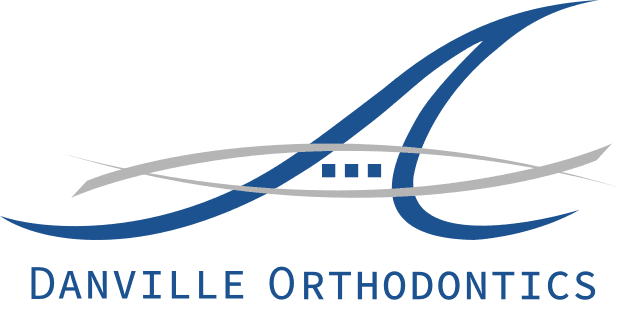Non-Surgical Treatment Options for TMJ
Smiling, laughing, chatting, and eating are all facial motions you regularly produce using your jaw. However, those basic motions can be very painful if you have temporomandibular joint dysfunction (TMJ). TMJ dysfunction affects around 12% of the population in the United States. Women are more likely to get TMJ dysfunction than males. However, many nonsurgical treatment options for TMJ disorder do not involve surgery and can be very effective in treating TMJ disorder.
What is a temporomandibular joint?
The TMJs joints link your lower jawbone to your skull and enable the necessary mobility for eating and speech. The temporomandibular joint is located at the sides of your face. Because it can move up and down and side to side, the temporomandibular joints are complex joints of the body. Therefore, it can make treating severe TMJ issues challenging.

What is temporomandibular joint disorder?
The temporomandibular joint dysfunction occurs when the muscles and ligaments surrounding your jaw joints become inflamed or irritated. As a result, the illness can be temporary or chronic, and the pain it causes might be minimal or severe.
What are the causes of TMJ dysfunction?
Impairment to the jaw joints or surrounding tissues might result in TMJ dysfunction. Other causes include:
- Bruxism
- The TMJ is arthritic.
- Stress.
- Acute injury.
- An incorrect bite
Symptoms of TMJ dysfunction
TMJ dysfunction is more frequent in those aged 20 to 40, affecting women more than males. The following are the TMJ symptoms:
- Jaw ache.
- Headaches.
- Earaches.
- Neck and shoulder discomfort
- Difficulty in opening your mouth wide.
- Jaws that "lock" in either an open or closed position.
- When you open or close your mouth, you may hear a clicking, cracking, or grating noises in your jaw joint.
- You have a weary look on your face.
- Chewing is difficult.
- Ringing in the ears.
- Modifications to the way your teeth fit together.
- Swollen face.
- Toothache.
Nonsurgical treatment options for TMJ dysfunction
If you have been diagnosed with TMJ dysfunction, your doctor will initially prescribe nonsurgical treatment options.
- Splints and Nightguards: Splints and nightguards are dental appliances that fit over the top or bottom teeth. When worn, they ensure solid tooth contacts during closure. Similarly, mouth guards correct your bite by positioning your jaw correctly while worn. The primary difference between splints and night guards is that they are only worn at night, whereas splints are worn all day. Your healthcare provider can identify which sort of oral appliance you require according to your specific case.
- Corrective dental treatments: These procedures involve tooth replacement or using crowns, bridges, or braces to restore your bite's balance and alignment.
- Transcutaneous electrical nerve stimulation: Low-level electrical currents are used in this therapy to relieve discomfort. This therapy relaxes your jaw joint and facial muscles. Most importantly, you can use this therapy at home or your healthcare professional's office.

- Ultrasound: This deep heat therapy is delivered to the TMJ to reduce pain or enhance joint mobility.
- Injections: Your healthcare professional injects anesthetic or pain medicine into the delicate muscles of the face to reduce discomfort.
- Radiofrequency treatment: Radio waves stimulate the joint with low-level electrical stimulation, increasing blood flow and relieving TMJ.
Conclusion
TMJ dysfunction, if left untreated, can severely impair daily tasks such as biting, eating, and speaking. Jaw discomfort may appear more often insignificant, especially if it comes and goes. Therefore, if you suspect you have TMJ problems, contact your doctor and make an appointment. Moreover, early treatment can help you control the illness and enhance your overall quality of life.
Contact your Danville dentist, Dr. Hoss Abar, DDS, MSD at Danville Orthodontics now to learn more about treatment options for temporomandibular joints.
Resource:
This media/content or any other on this website does not prescribe, recommend, or prevent any treatment or procedure. Therefore, we highly recommend that you get the advice of a qualified dentist or other medical practitioners regarding your specific dental condition
